CONTENTS
Can You Take Batteries On Planes: Packing Safe For Flight Travel
Due to its significance, you're probably wondering if you can take batteries on planes or not. We’ve all been there. With almost everything we use containing batteries, this thought slips out of our minds.
The question only really arises when we need to leave our usual places when travelling, for example. But is it possible to carry a battery around, especially on planes?
We were wondering the same, but today, we have the answers you need. Yes, the word “answer” is in plural form.
Note: This page will mostly cover the regulations of The Civil Aviation Authority (CAA) and The Transportation Security Directorate (TSD).
Nonetheless, some information concerning The Transportation Security Administration (TSA) rule will be included in this post to ensure that you are well covered.
If you have previously checked other sources or intend to do so, make sure you understand which government agency is being referred to (typically TSA, so please be cautious).
For those who are already aware of TSA regulations, we believe it will be simpler for you to have a frame of reference.

Can you take batteries on a plane? Photo by Ashim D’Silva on Unsplash
What type of battery can you bring on aeroplanes?
Generally speaking, yes. You can carry your batteries in your carry-on and checked luggage. However, depending on the type of battery, there are some regulations that you need to be aware of.
Some popular types of battery
1. The most popular one: Lithium-ion battery

Check for the word “Li-ion”. Photo by Tyler Lastovich on Unsplash
This type includes rechargeable batteries in electronic devices such as laptops, tablets, and cell phones. These batteries have a very high energy density to last as long as possible while being as small as possible.
Can you take it on a plane?
You can carry devices installed with lithium-ion batteries, such as laptops or smartphones, in both carry-on and checked baggage.
However, make sure to either turn them off or place them in sleep”/” aeroplane” mode during takeoff and landing. This action sounds like a hassle, but we still recommend doing it. At the end of the day, it is not that much work.
If you also intend to bring some spare batteries, typically you have to put them into your carry-ons. Checked baggage is vulnerable to rough handling or temperature changes.
According to the TSA, you can bring up to:
- Two large lithium-ion batteries, from 101 – 160 Wh
- lithium metal batteries, from 2-8 grams
Even though typical batteries are in these ranges, make sure to double-check to avoid any problems.
For people flying under the CAA regulations, you can also carry your batteries, ones with power under 160Wh, on a plane. However, if the power is between 100Wh and 160Wh, you need to get approval from the airline.
One thing to remember, regardless of the regulations you are under, the batteries need to be stored properly, either in their original packaging or in separate plastic bags/protective cases.
2. Other types
The regulations of the TSA and the CAA are the same for these three types of batteries. Both the batteries and the devices using them are allowed in carry-on and checked baggage.
Because there is no clear information on the accepted size, make sure to check with your chosen airline if you have an abnormal-size battery. In that case, you might be required to put the battery in checked baggage.
Even though these types are accepted in both carry-on and checked baggage, the TSA and the CAA highly recommend you put the batteries in your carry-ons. These batteries are generally less vulnerable but better safe than sorry.
Again, if you worry about the baggage fees, and decide to put the batteries in your carry-on, store them carefully.
Note: There are many other types of batteries. However, we can only cover a few popular ones.
If you are unsure about the types of battery you have, or you are using different types, please consult with the authorities. You can either contact the government agency that your flights are operating under or contact your chosen airline.
Dry-cell and Nickel-cadmium battery
This rechargeable type was the last version of the lithium-ion battery. Nowadays, they are mostly replaced by other types with newer technologies and are more friendly to the environment. However, you can still find this type either in some old devices or in devices benefiting from specific advantages of these batteries.
Some examples are: Emergency lighting, two-way radios, some medical equipment (blood pressure monitors, pulse oximeters, etc.), or cordless power tools (cordless drill, cordless rotary hammer drill, etc.)
Nickel-metal hydride battery
They are rechargeable batteries found in portable devices, power tools, and other high-power applications. Because they have a higher energy density than nickel-cadmium batteries, they are less stable and more prone to overheating.
Some devices that you can find these batteries used are digital cameras, portable gaming devices, MP3 players, etc.
Alkaline battery
Opposite to the three previous types, alkaline batteries are non-rechargeable. They are generally used in home products such as remote controls, toys, or clockwatchers. Since they have a lower energy density compared to lithium-ion ones, they are considered safer to handle and dispose of.
It's important to understand which types of batteries your devices use, as the regulations regarding battery transportation can vary depending on the type. Make sure to check all the devices you plan to bring with you, whether they will be in your carry-on or checked baggage.

You probably won’t bring this on a plane, but you can check what alkaline batteries look like. Photo by Steve Johnson on Unsplash
Can you bring power banks on planes?
Sadly, both TSA and CAA regulations prohibit power banks in checked luggage. Power banks and cell phone battery charging cases must be carried in carry-on luggage only.
The reason behind this is because of the lithium-ion and lithium-metal batteries they use. Thus, there is a risk of them igniting or exploding in the cargo hold.
If you decide to carry the power banks in your carry-on, make sure to check the capacity.
- Less than 100W - There is no problem
- Between 100-160W - You have to consult with the chosen airline. Also, you might want to do it early since prior approval from the airline might be necessary.
- More than 160W - It is not allowed.
Can you bring smart luggage on planes?
The answer depends on the features of your smart luggage. Nowadays, these items frequently have remote locking mechanisms, GPS monitoring, and built-in batteries, which can be dangerous on aeroplanes.
Having a practical piece of luggage goes a long way. Smart luggage installed with non-removable batteries that surpass 100 watt-hours is often not permitted on flights. Those with non-removable batteries are also in the same boat.
For the TSA, carrying smart luggage with removable batteries is possible. But the batteries must be taken out and transported inside the cabin with the passenger.
Similarly, the CAA allows smart luggage with removable batteries as long as the battery is taken out and transported in carry-on luggage. However, they encourage passengers to double-check the policy before departure since it may differ across airlines, countries, etc.
The reason why there are regulations
We are all familiar with the picture of a swollen-battery laptop, even owning some. It feels like if something contacts the battery too hard, it will explode. And it is true.
Side note: In case you have a laptop like that, bring it to a maintenance shop and replace the battery. If you have one right now, please reconsider putting it on your packing list.
Therefore, due to the risk of explosion and fire, there are regulations for batteries on planes. If there is a fire in such a limited space in an aeroplane, that would be a disaster.

Too small for any type of accident. Photo by Mohammad Arrahmanur on Unsplash
If you are not convinced, here are some examples:
- Two months ago, several United Airlines flight attendants were hospitalised after a laptop battery caught fire while the plane was in the air
- A passenger was seriously injured after the lithium battery in their vape caught fire on an Air France flight
- The Note 7 exploding used to be a problem for many Galaxy users.
Safe practices for bringing batteries on planes:
- Put each battery in its own protective case, plastic bag, or packaging
- Place tape over the contacts of the battery to isolate connections
- Pack your battery-powered device in your luggage so that it won’t accidentally activate
- Prioritise packing batteries in carry-on rather than a checked bag
- Whenever you see your devices or batteries overheating, expanding, smoking or burning, contact the airline crew immediately.
Consequences of violating the regulations
There are many different levels of consequences that a person might have to endure:
- Monetary fines: Passengers who violate the battery regulation might face a fine from the airline or the government agency. Depending on the severity of the infraction, penalties might vary from a few hundred pounds to several thousand pounds.
- If a passenger is found to be carrying illegal batteries, they may be refused boarding and will not be able to go on their planned trip. Of course, no refunds are available.
- The officers from the government agency might decide to confiscate forbidden batteries at screening checkpoints. They get the final say. The passenger will not be allowed to retrieve them.
- Criminal charges: Passengers who breach battery restrictions may face criminal charges in some situations, particularly if their acts put other passengers in danger.
Make sure you check carefully
So, we believe you have for yourself the answers to the question, “Can you take batteries on planes?”. Even though the article only manages to cover the regulations of the TSA and the CAA, these regulations are relatively similar elsewhere.
However, we can not exclude the possibility of additional regulations or policies of certain airlines and countries. Always, the golden rule is to double-check every time. Our favourite saying in CabinZero has always been “better safe than sorry”.
Anyway, be aware of the regulations, but don’t stress too much about them. Save the energy for your wonderful trip ahead. Have a great journey!
Bui Hoang Hai

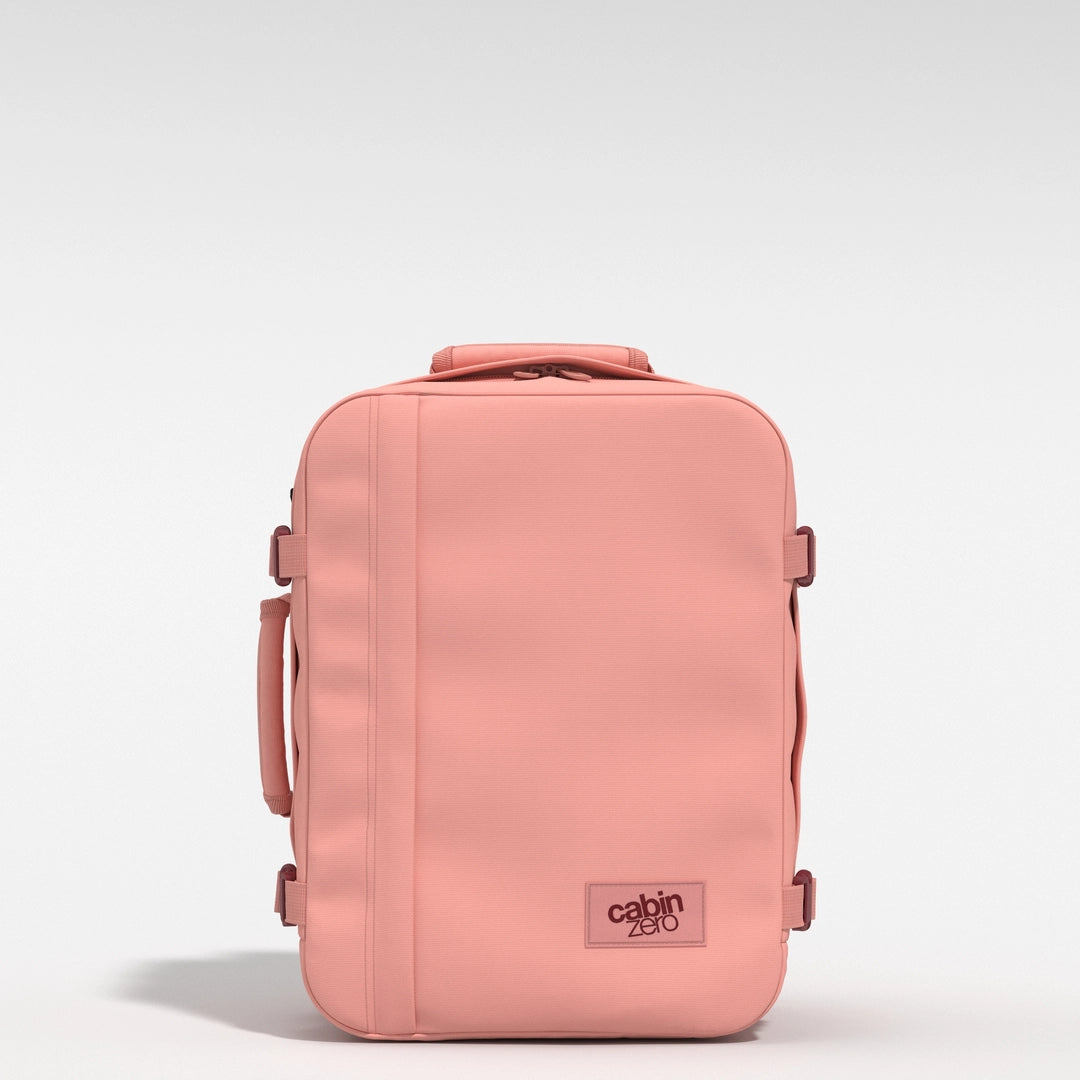

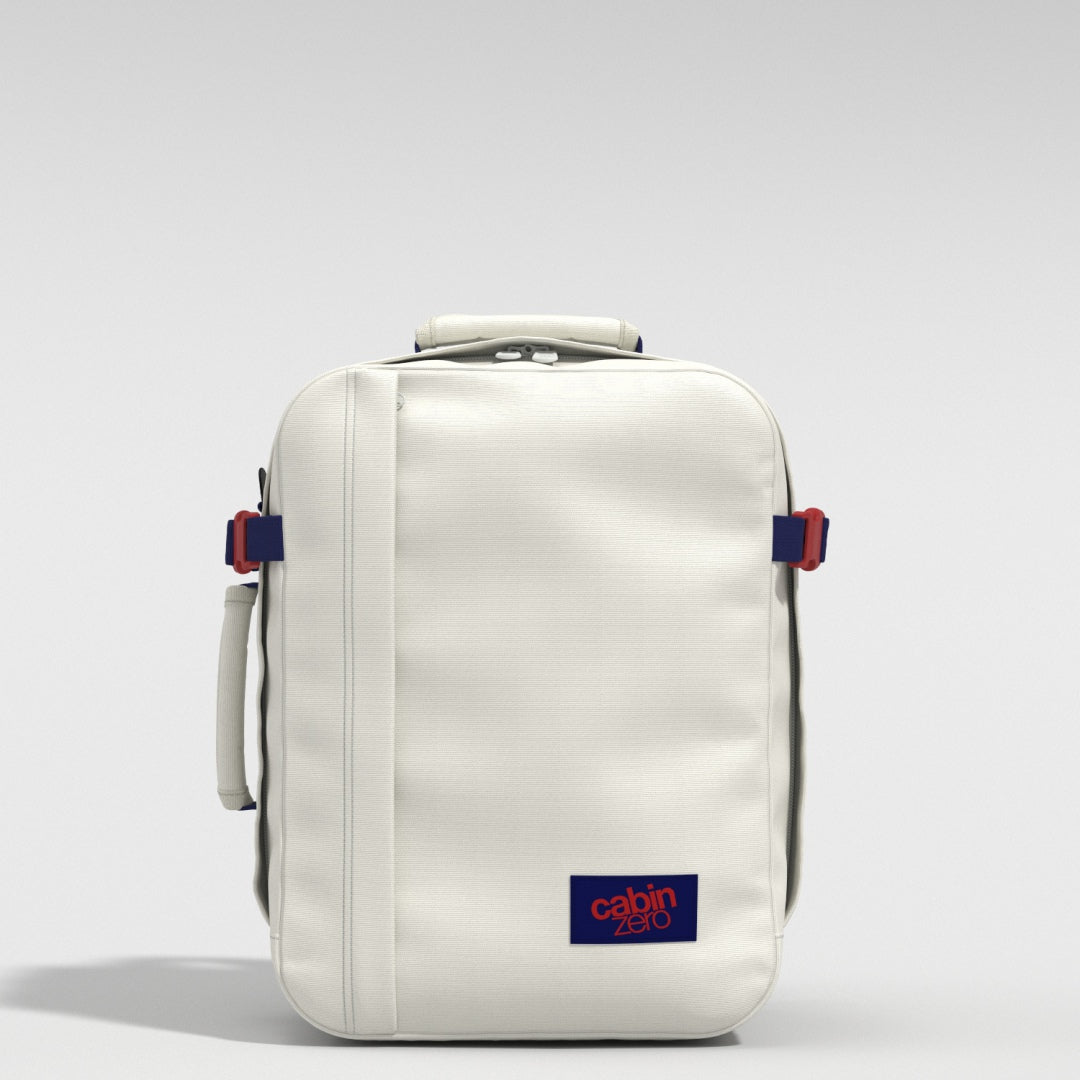

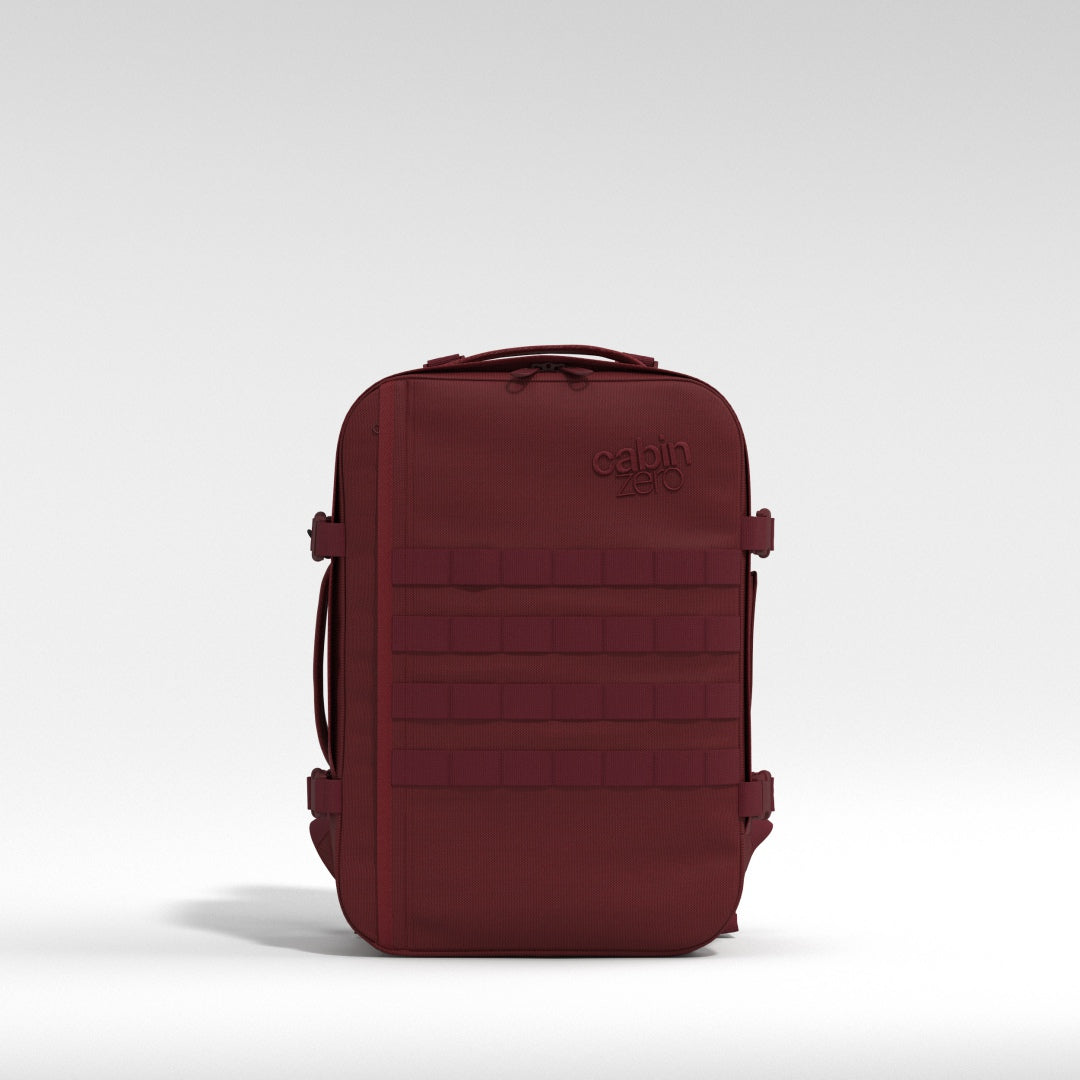

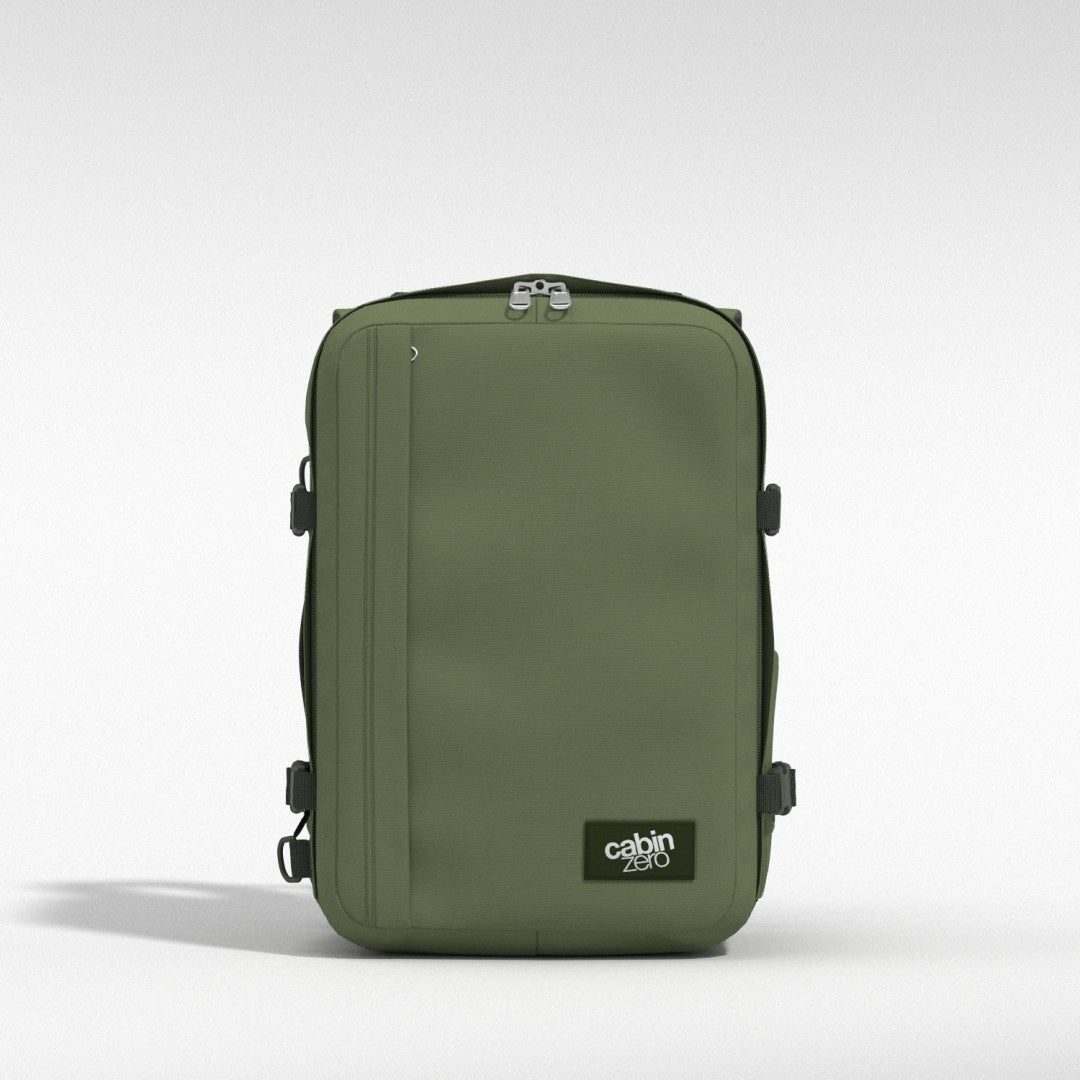

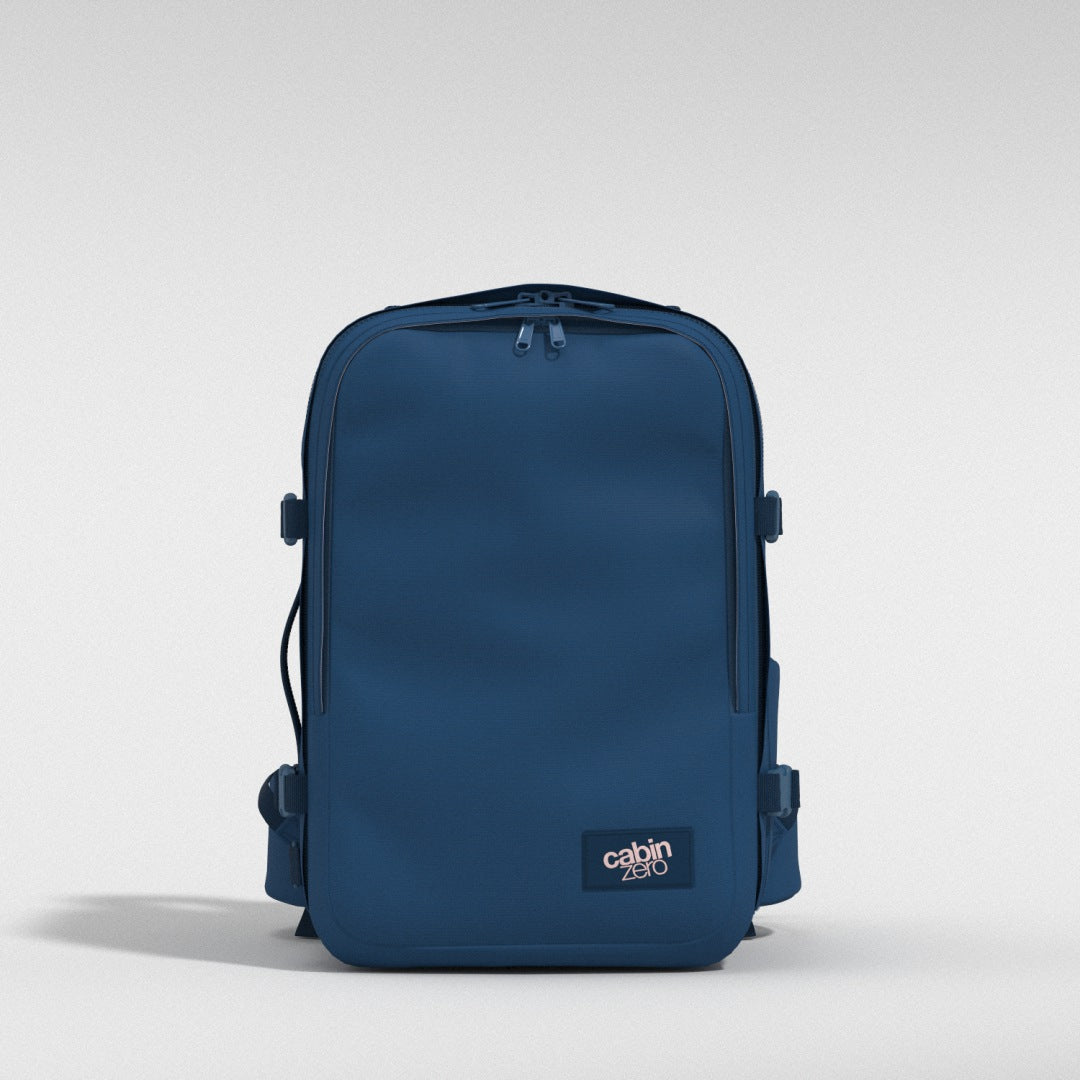





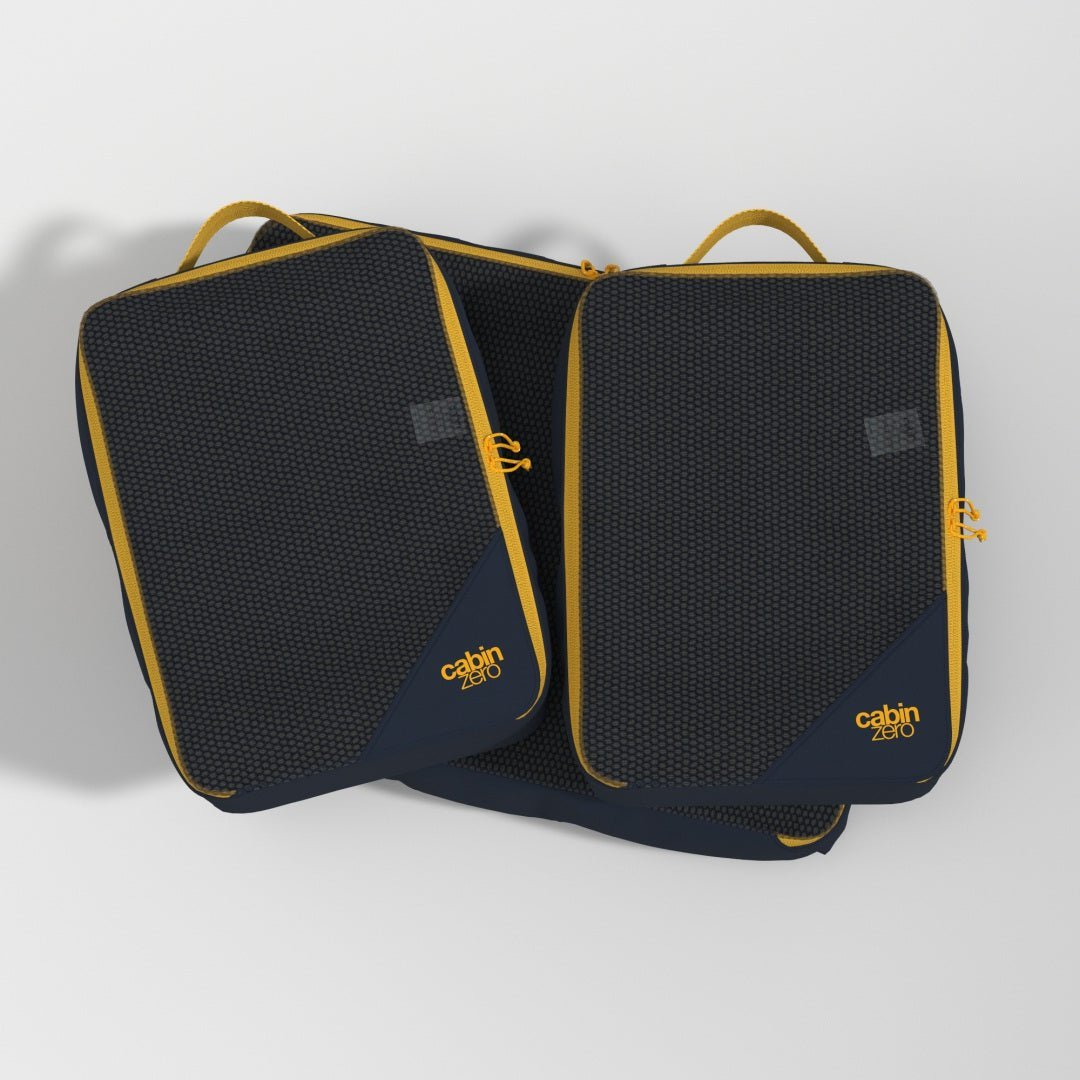





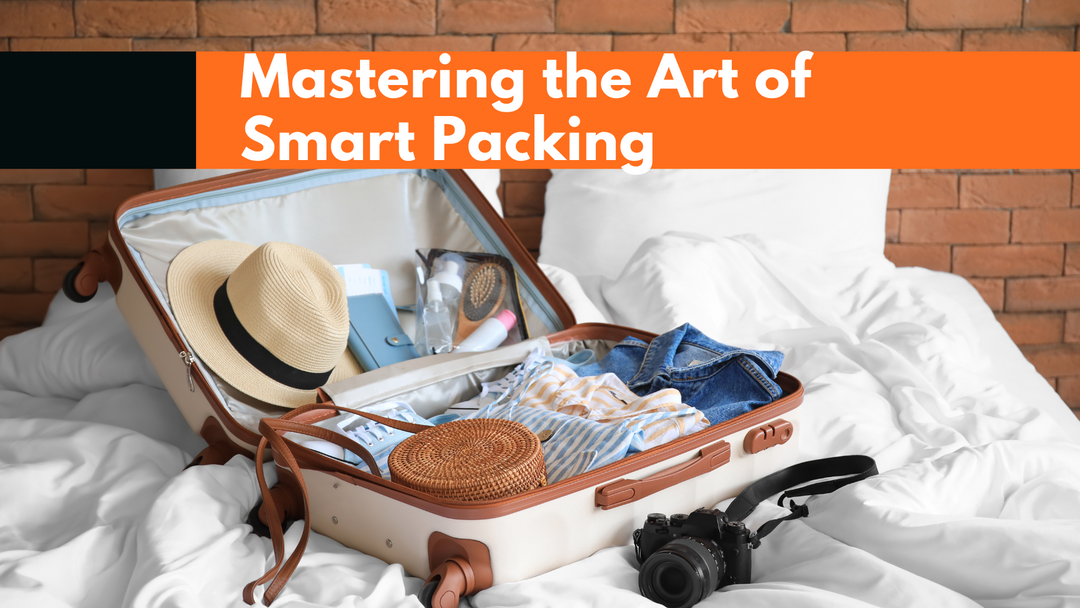
Leave a comment